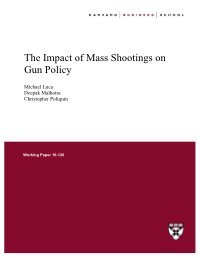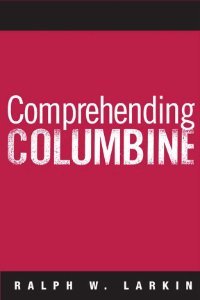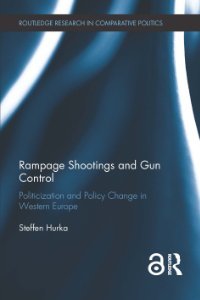By Philp Alpers
In a typical year 99 New Zealanders are shot to death: one for every 88 hours.12 Of these, 75% are suicides, 12% homicides, and 11% accidents.13 In an average year, 13 children and youths aged 19 or younger die from gunshot wounds and another 89 people are admitted to hospital with nonfatal wounds. Our gun death toll is 15% higher than the toll from cervical cancer. For every ten New Zealanders who die from HIV/AIDS, sixteen die by gunshot. Gun death is three times more common than death by fire. Of all victims of gun homicide in this country during 1992-94, most (52.5%) were shot by a licensed gun owner. Almost all victims (95%) were killed by a familiar male. Half were shot by their partner, an estranged partner or a member of their own family. Previously law-abiding, licensed gun owners shoot between four and ten times as many victims as do people with a previous history of mental illness. Self defence is not an acceptable reason for gun ownership in New Zealand. The great majority of private firearms are held for pest control, agricultural and sporting purposes. While most gun owners are licensed every ten years, 97% of their firearms (shotguns and rifles) have not been registered to their owners since 1984. The remaining 3% – military-style semi-automatic rifles (MSSAs), handguns (pistols & revolvers), and restricted weapons (mainly fully automatic “machine guns”) – are individually registered to each owner and much more carefully controlled. As a result, crime with registered firearms is rare.
Wellington, ZN: New Zealand Police Association, 1997. 48p.





















